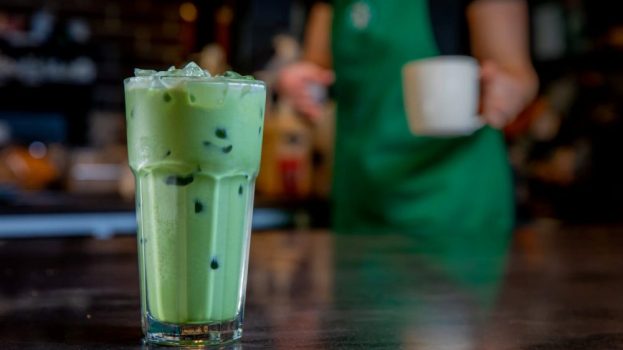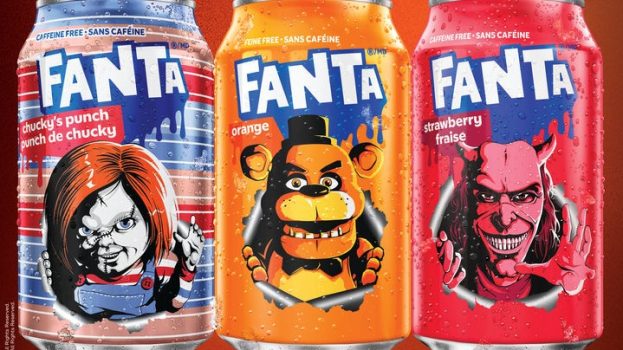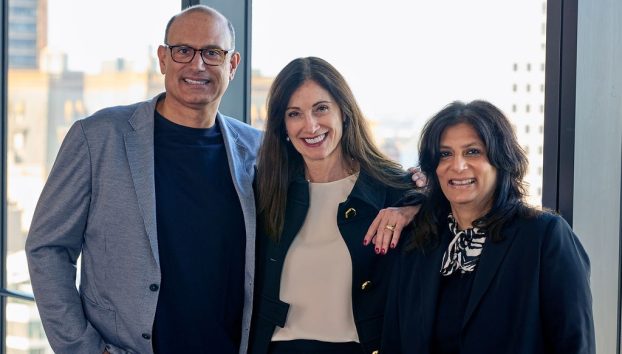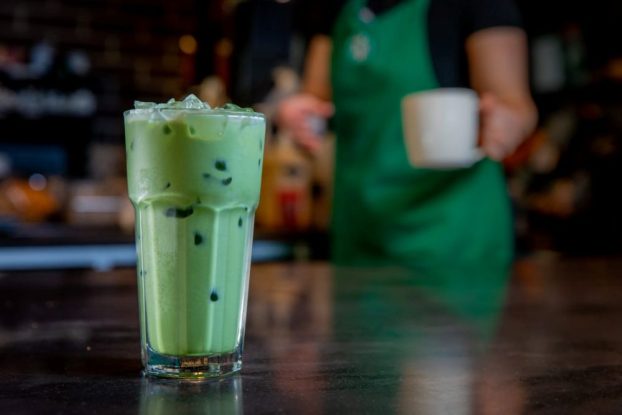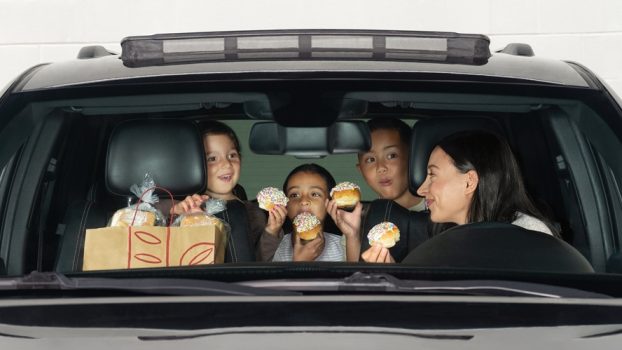Nestle plans to increase its marketing investments and cut under-performing products loose after its full-year financial results missed expectations.
Sales for the Swiss-based maker of Nescafe, Kit Kat, Gerber, and Purina, increased by 8.4% for the 2022 fiscal year, but that was slightly short of analyst estimates. Net profit slumped by 45.2%, despite price hikes introduced during the year, as the CPG copes with increasing costs.
Marketing and administrative expenses dropped approximately 2.5% compared with the year prior, but the company plans to reverse that trend.
“After tactically adjusting our marketing expenses here and there in the face of supply chain constraints, it’s important to step up these marketing investments again,” CEO Mark Schneider said in today’s earnings call.
Schneider noted that category-wise, pet care was a “clear stand out”: for the year, organic growth was up 14.5%. Coffee was also a “high flying category” and very resilient, Schneider notes, with growth of 8.1% for the year. Despite post-COVID normalization, he says the category has remained robust, and was buoyed by the company’s Starbucks partnership.
Out-of-home channels were up nearly 24% and are now above 2019 pre-COVID levels for the full year. North American organic sales growth for 2022 was up 9.4%, trailing only Latin America.
Going forward, portfolio optimization is key for Nestle. Schneider cited by way of example exiting the frozen food space in Canada, which includes brands like Delissio, Stouffer’s and Lean Cuisine, in order to re-allocate resources to higher growth and higher margin products.
Frozen food in Canada, he says, was hampered by a lack of a local supplier, import requirements and currency, making it a difficult proposition, Schneider admits. The business was worth 150 million Swiss Francs in total ($218 million CAD), but the CPG was willing to “walk away by eying longer term benefits.”
The company says that before it examines brands and even performance of geographies, it is looking at “SKU rationalization” which, according to Schneider, means “cutting the tail to push the head”: moving out lower-rotation products and making the shelf “more efficient.”


